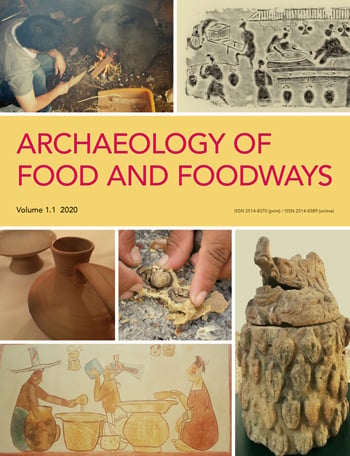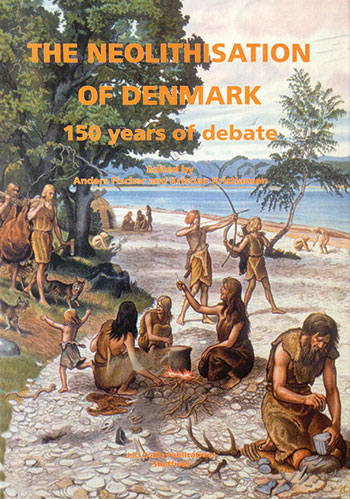Reviews
A groundbreaking book for seriously taking the ontological status and agency of sheep and sheepdogs into account.This book is an enjoyable read and highly recommended to anyone interested in human-animal relations. Toward the end of the book, Oma brings up the interesting point that the economic imperatives of farming today have crucially influenced how zooarchaeologists have interpreted faunal remains: ‘Members of a household recognize each other as subjects, but in modern culture the average customer would not recognize the subject status inherent in a piece of meat from the supermarket’ (p. 152). It is very likely that the relationships of humans with domestic animals were quite different from the current economic, productivity-based attitudes of farming today. In this book, humans, sheepdogs and sheep are treated as subjects and given a great deal of life and agency.
Norwegian Archaeological Review
Oma has written a thought-provoking and also a very personal book, focusing on the significance of sheep rearing in the Early Bronze Age of south-west Norway. She combines sound theoretical underpinning with archaeological evidence and personal endeavour.
At a time when aDNA, strontium isotopes and other analyses from the natural sciences are dominating interpretations of archaeological materials, Oma takes us back to the relationship between humans and animals. This is not a study that is old fashioned or out of date; in fact, it reminds us that there is more to science than analysing samples and results, including a broader understanding of the relationship between people and animals. In this sense, the book is an important contribution in a context where knowledge must continually be justified; there are several different pathways to scientific knowledge and many alternative interpretations of the past.
Antiquity
This is a wonderfully written, richly illustrated monograph, which nominally presents the Bronze Age archaeology of a number of coastal settlements in Rogaland (southwestern Norway), but which in fact is a manifesto for a new type of mindful archaeology which includes human-animal relations at its heart. The author is one of the most passionate advocates for human-animals studies within archaeology, who has taken the time to organize special panels at multiple conferences, sponsor and academic networks, and publish articles that lay out her vision. This volume is a thickly referenced and passionately argued case for a rethinking of how space and architecture should always be associated with human-animal ensembles. A rich and welcome volume, which likely can be read a number of different ways and deserves a wider audience than that of archaeology.
Primitive Tider
Kristin Armstrong Oma has written an ambitious, thoughtful and important book. My guess is that Oma’s book will be a landmark in one of several important, new agendas for theoretical and empirical enquiry in 21st century archaeology.
VIKING, Norsk Arkeologisk Årbok








